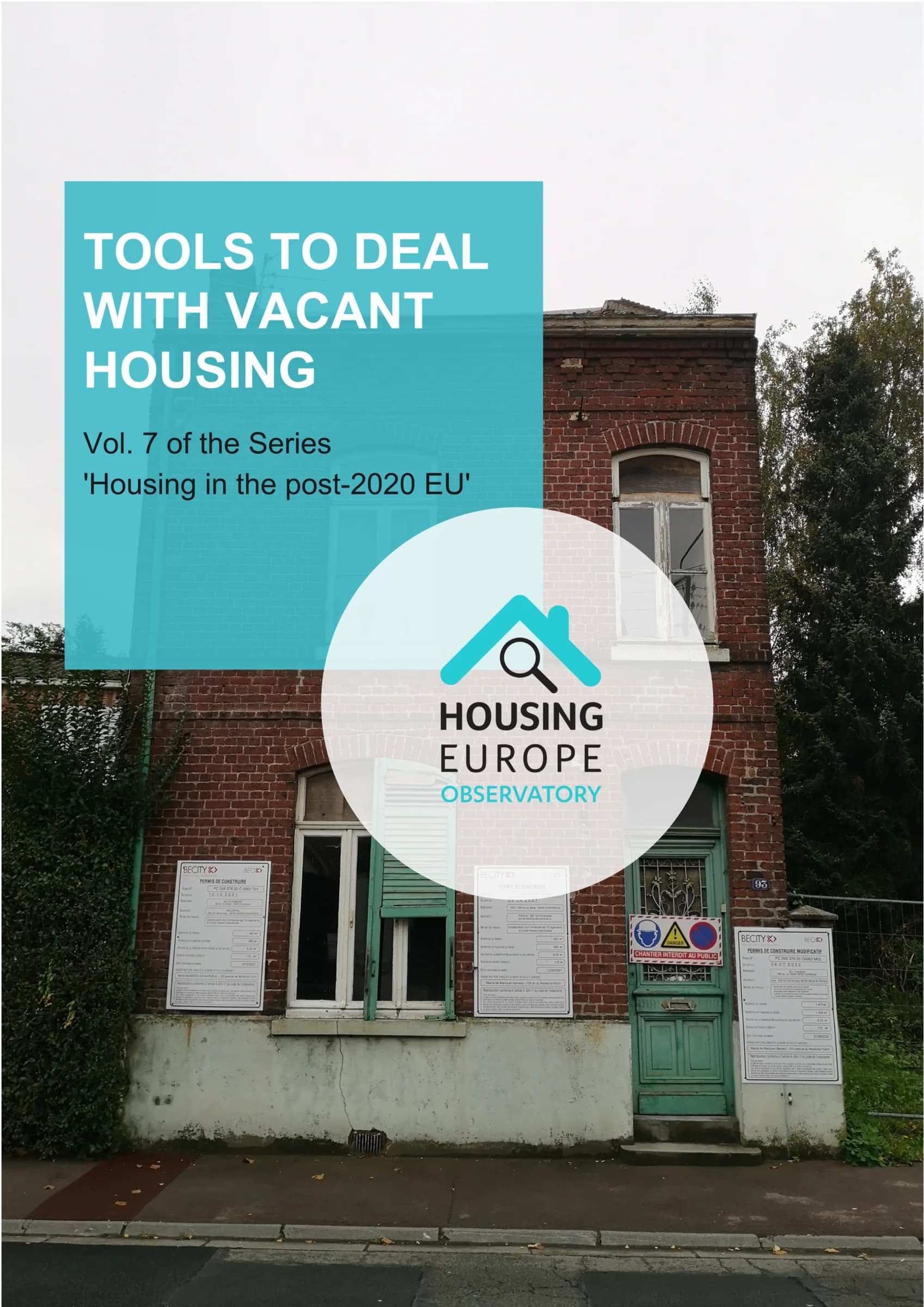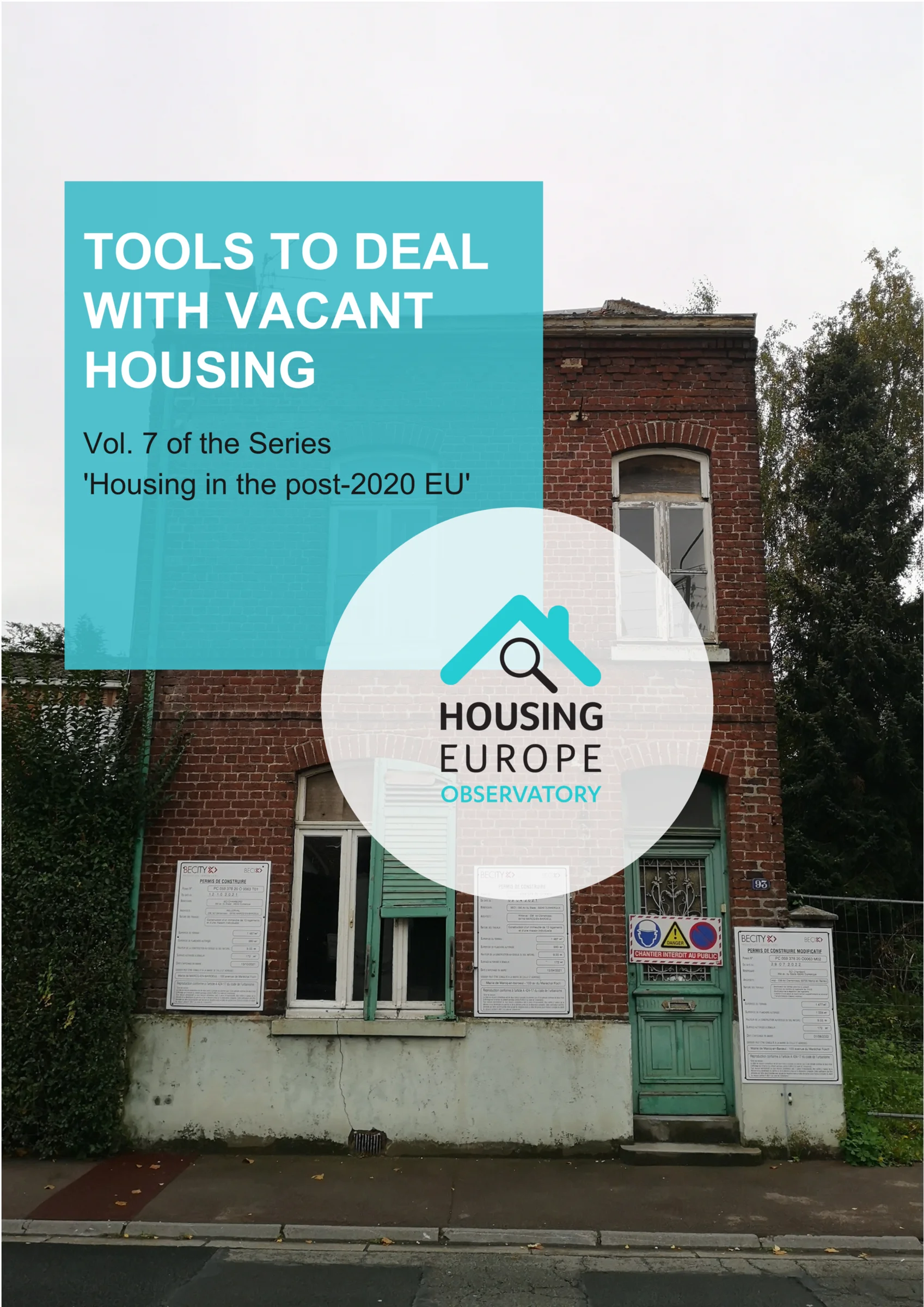🏠Context and Purpose
The document titled "Tools to Deal with Vacant Housing," published by Housing Europe, examines the complex issue of housing vacancy across Europe. Housing Europe is the European federation representing public, cooperative, and social housing, with a mission to ensure access to decent and affordable housing for all. The authors include a range of experts contributing to the discourse on sustainable housing practices.
🌍Understanding Vacancy
Vacant housing is a multifaceted issue influenced by various local factors such as market conditions and ownership. Understanding why homes remain vacant is crucial for developing effective policies. Some properties are "involuntarily" vacant due to economic decline or personal circumstances, while others are "voluntarily" vacant as owners anticipate higher future prices or choose not to rent.
📊Key Statistics
Data shows significant disparities in vacancy rates across Europe, with some regions facing severe challenges. For example, the document highlights that in the UK, approximately 676,000 homes were reported as vacant, with 248,000 classified as long-term vacancies. In France, around 1.1 million homes are considered long-term vacant, indicating the pressing need for targeted interventions.
💰Financial Tools for Activation
The report outlines various financial tools aimed at addressing vacant housing, such as public grants, loans, and tax relief. These mechanisms are designed to incentivize property owners to renovate and rent their properties, thereby increasing the active housing stock. Tax reliefs aim to reduce the financial burden on investors, while public loans can facilitate renovation projects.
⚖️Fines and Penalties
In addition to supportive measures, the document discusses dissuasive tactics such as fines and increased tax liabilities for vacant properties. These measures serve as pressure points to encourage owners to either rent or sell their vacant homes. For instance, the French Vacant Homes Tax increases over time if no action is taken by the owner, thereby creating a financial incentive to address vacancy.
🏢District Renovation Initiatives
The concept of district renovation is also examined, particularly in areas with clusters of vacant properties. This approach aims to revitalize entire neighborhoods by addressing social, economic, and environmental challenges. The European Union's Affordable Housing Initiative supports such projects, emphasizing the need for sustainable and inclusive development.
🌱Environmental Impact
Sustainable housing practices are underscored throughout the document, emphasizing that reusing existing buildings is often more environmentally friendly than new constructions. Renovating vacant homes can minimize resource consumption and reduce carbon emissions, aligning with broader climate goals.
🤝Collaborative Approaches
Successful strategies often require the collaboration of various stakeholders, including local authorities, private investors, and community groups. The document highlights the importance of engaging local residents in planning processes to ensure that solutions are tailored to their specific needs and contexts.
📈Conclusion and Recommendations
The document concludes with recommendations for policymakers to ensure effective action on vacant housing. These include understanding local vacancy dynamics, avoiding dead-weight losses in financial support, and ensuring inclusivity in housing policies. By adopting a comprehensive and collaborative approach, communities can effectively tackle the issue of vacancy and enhance the sustainability of their housing sectors.

